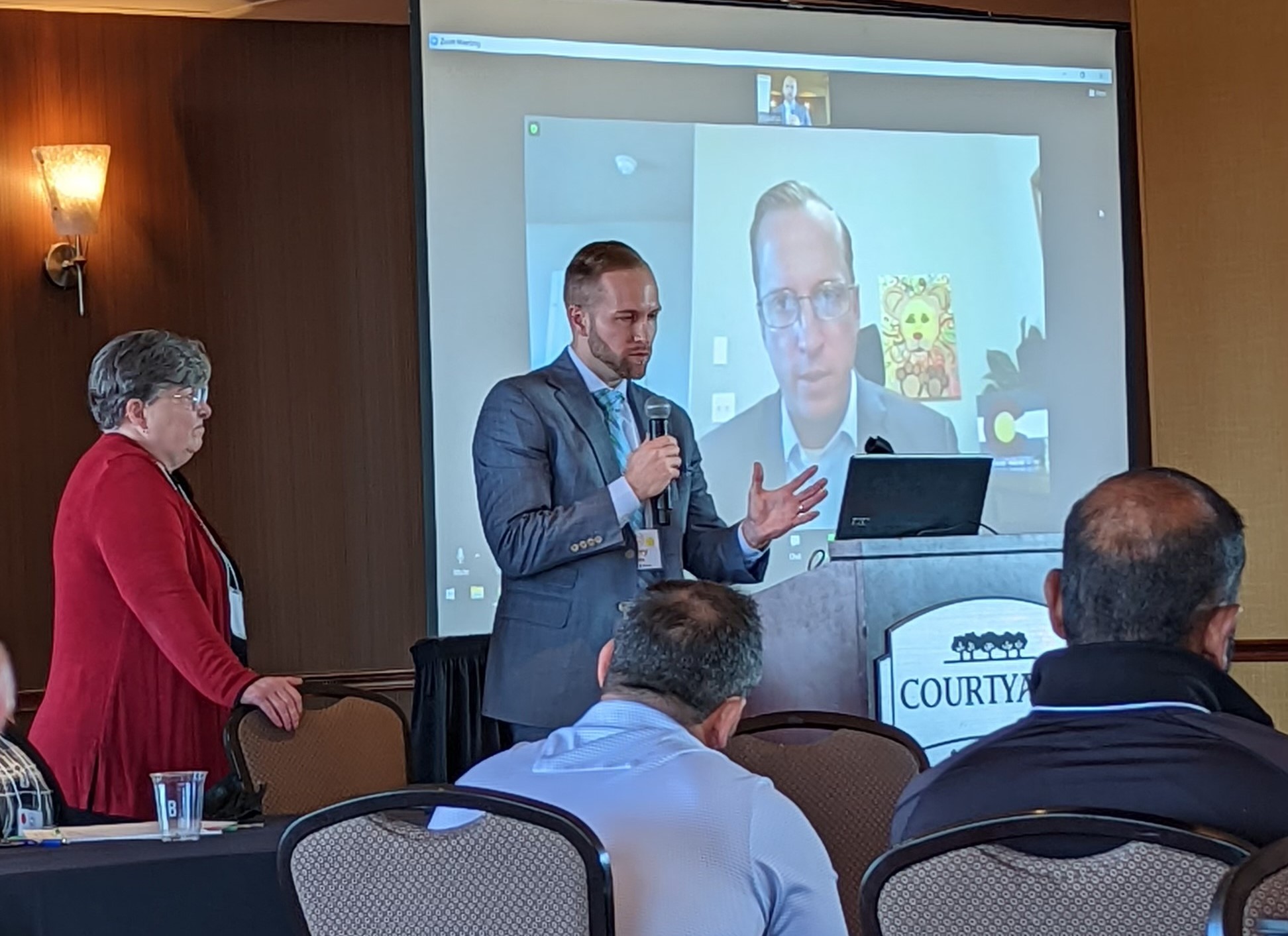I’ve previously blogged about mudslides and mudflow and how that impacts homeowners in the mountain and coastal regions of California. Our unique topography literally flows from ocean sands up into the mountains and down into deserts in a short span of distance. Often, homes are perched on the mountain/hillsides for phenomenal views but these areas can be easily ravaged by fire and then rain, depending on the season. Such a cycle allows for mudslides and mudflows during our rainy season, and those who did not have separate earthquake insurance (for mudslides) or flood insurance (for mudflows) were devastated by such occurrences with little to no recourse on a regular HO3 insurance policy.
The facts in Stankova v. Metropolitan Property and Casualty Insurance Company,1 arise from the May 2011 Wallow Wildfire in Arizona. The Stankova residence suffered a property loss when the wildfire burned the entire hillside and detached garage—but not the insured’s home. One month later, the Stankova family’s home was destroyed by mud and runoff water from the burned hillside. The mudslide/mudflow from flooding caused a total loss to the home. The Stankova’s insurance policy excluded flooding and earth movement and included language with the exclusions that the carrier did not cover losses which would not have happened in the absence of the excluded event regardless of the cause.
The case made its way to the 9th Circuit Court of Appeals, where the appellate panel unanimously held that the excluded peril of a mudslide, which occurred one month after the wildfire, was a covered loss as it was a “direct” result of the fire. Interestingly, the panel did not adopt the efficient proximate cause rule and indicated that the rule did not need to be applied to determine the mudslide resulted from the wildfire. It should be noted that Arizona has not adopted the efficient proximate cause rule due to an Arizona Supreme Court ruling that "an insurer is permitted to limit its liability unless to do so would be inconsistent with public policy." In this instance, the appellate panel held that the Stankova’s policy language was in direct violation of public policy.
The panel was able to logically lay out its ruling by stating that Arizona fire policies must conform to the 1943 edition of the New York standard fire policy which mandates that the insurer must insure  against "all direct losses by fire, lightning and by removal from premises endangered by the perils insured against in this policy." The panel’s opinion that the connection between the wildfire and the ultimate destruction of the Stankova residence allows for future insureds and their representatives to seek coverage from the consequences of fire when the direct resulting loss is logically connected. This ruling gives credence to what so many have known all along: when vegetation is destroyed by wildfire, the ensuing rains cause mudslides and mudflows to which an insured must be covered under their normal homeowner’s policies. This past year, the areas of Newbury Park and Camarillo Springs in California suffered direct losses to homes when the mountainsides that suffered wildfires were void of vegetation. The hope for full coverage for these homes—some which are total losses—is justified by the 9th Circuit’s recent decision.
against "all direct losses by fire, lightning and by removal from premises endangered by the perils insured against in this policy." The panel’s opinion that the connection between the wildfire and the ultimate destruction of the Stankova residence allows for future insureds and their representatives to seek coverage from the consequences of fire when the direct resulting loss is logically connected. This ruling gives credence to what so many have known all along: when vegetation is destroyed by wildfire, the ensuing rains cause mudslides and mudflows to which an insured must be covered under their normal homeowner’s policies. This past year, the areas of Newbury Park and Camarillo Springs in California suffered direct losses to homes when the mountainsides that suffered wildfires were void of vegetation. The hope for full coverage for these homes—some which are total losses—is justified by the 9th Circuit’s recent decision.



